The blue light glasses trend has increased massively this year, and many of you may be wondering what they are and even what they do. You may also be wondering if blue light glasses even work, or if they’re all the same? This article will explore the different kinds of blue light glasses available and how you can tell for yourself if they do their job or not.
What should they do?

Blue light glasses that work well should block levels of blue light at certain times. Blue light lenses can be clear, yellow, orange or red. The closer to red the lens is, the more blue light it blocks. So for day time usage, clear or yellow-tinted lenses are the ones to use. They don’t block out as much blue light as the orange and red. During the day, we need some blue light to keep us alert. So if we were to wear red or orange lenses during the day, it could lead to us actually feeling sleepy. Hence, it’s better to reserve the more orange-tinted glasses to the evenings. Blue light glasses should prevent many of the issues caused by over-exposure to this wavelength of light. These issues include:
- Eyestrain
- Headaches
- Blurred vision
- Tiredness
- Retina damage
Do they all work?

The short answer is no. Many of the blue light glasses advertised are not specific on how much blue light they block—if any. The blue light glasses we see advertised all over social media tend to be clear lenses. Obviously, these are the most fashionable and ‘normal-looking’. However, clear lenses aren’t the most effective even for daytime use. A good quality pair of clear blue light glasses will block around 34-40% of blue light. They can’t block any more than 40% without turning yellow. Still, this is much better than blocking 0%! And the effects of wearing them can still be felt through much better sleeping than usual. Wearing yellow-tinted lenses all day may look strange in comparison to clear ones, but they block more blue light. Good quality yellow lenses can block up to 75% of blue light. For more than 75%, they must turn orange. Lenses that block up to 100% blue light appear almost red.
How to tell if they’re real or fake

Once you have a pair of blue light glasses, particularly if they’re clear, you may want to perform a quick test on them. It’s not failsafe, but it should definitely show you whether or not they’re fake. If your glasses are clear, take them off and place them in front of a device. They should be reflecting blue light, and you’ll see this on the lenses themselves. If the light reflected by the lenses is blue, then you know they’re blocking some blue light at least. However, if the reflection is violet or purple then they’re not doing their job. This a basic method to test out clear glasses. Ideally, however, the company you buy them from should specify the percentage they block. The scientific test performed on the glasses to find out how effective they are cannot be performed at home. Still, if you’ve bought orange lenses, you can try out the RGB colour comparison test. This will show you two images, and if your glasses work, they should appear the same after putting them on.
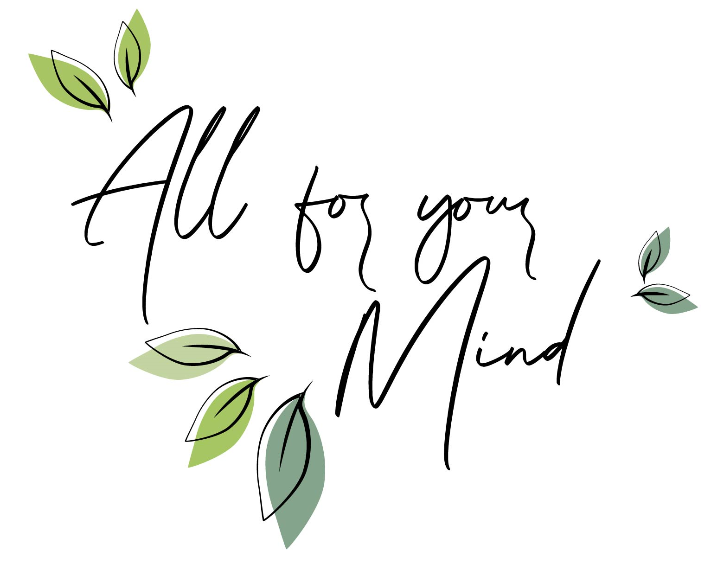
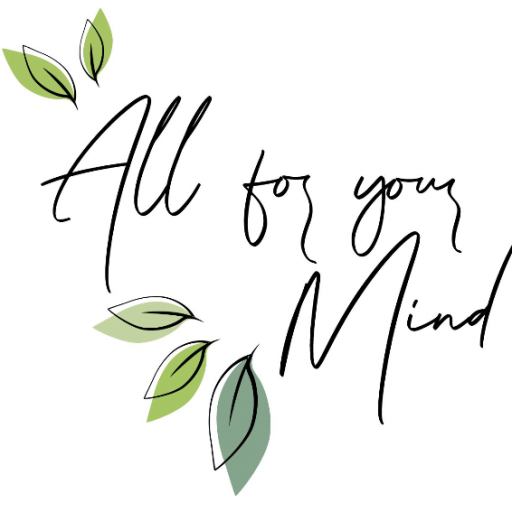
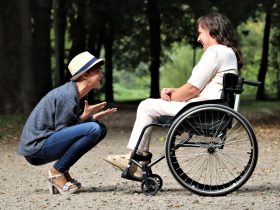

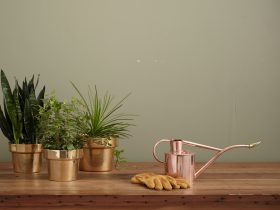
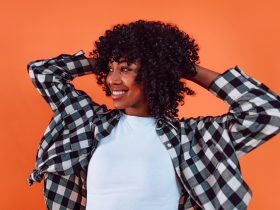
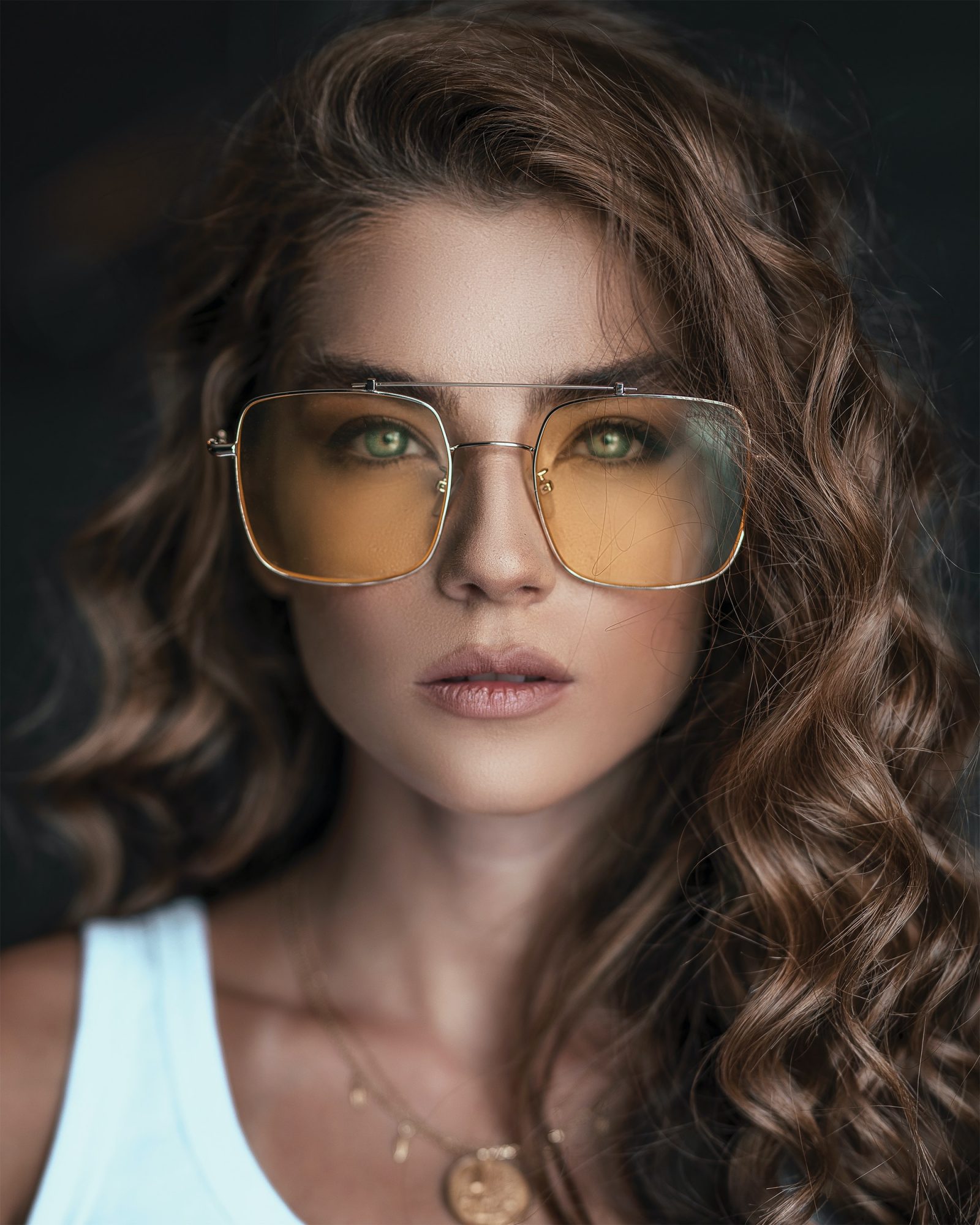


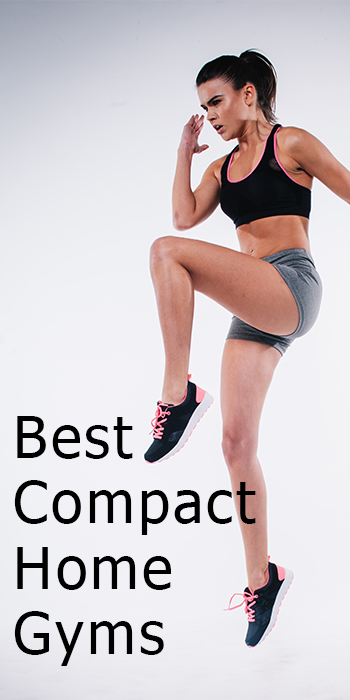


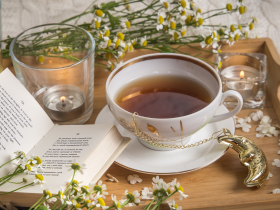


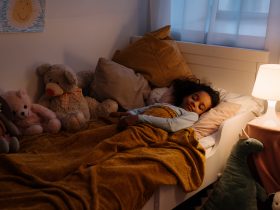


17 Comments